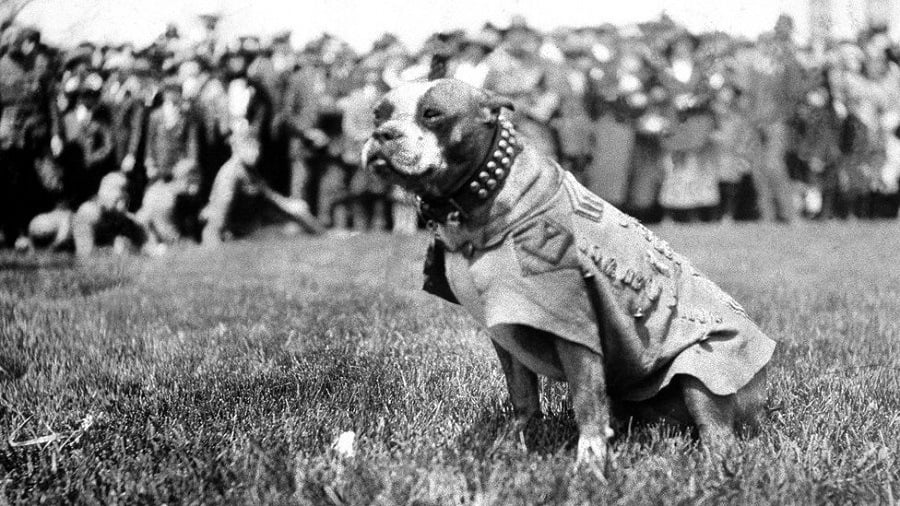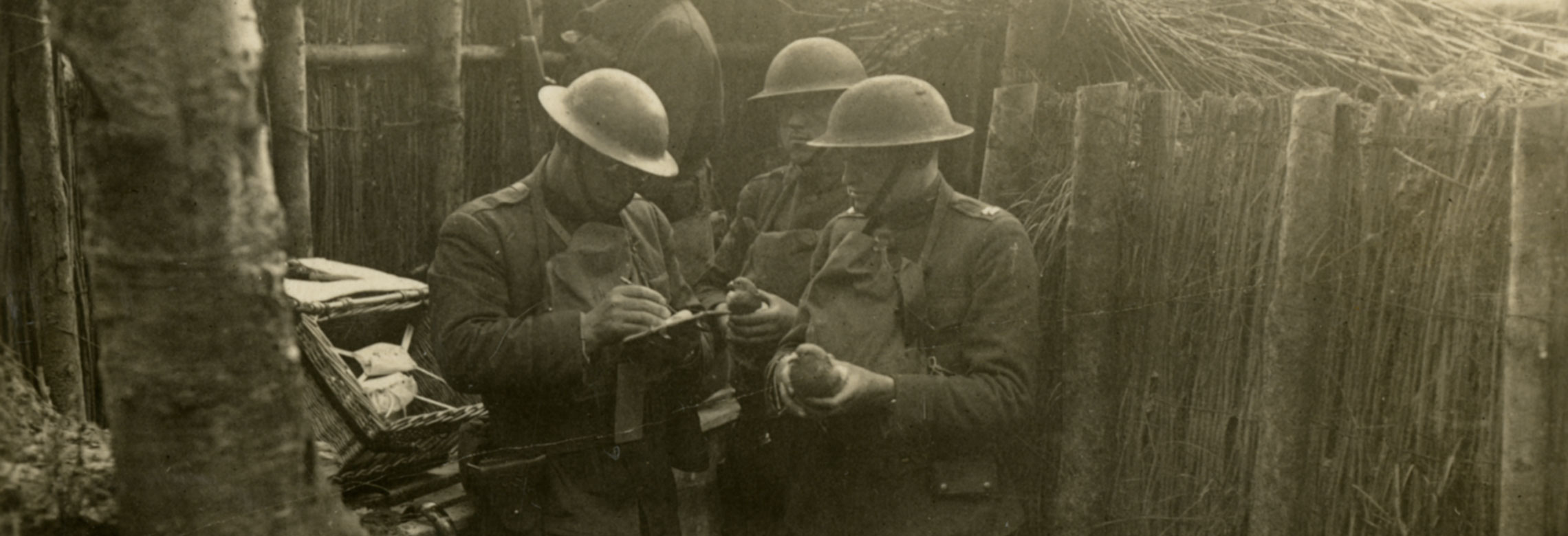

The Dual Monarchy of Austria-Hungary then sent an ultimatum to Serbia, with such harsh terms as to make it almost impossible to accept. On July 5, Kaiser Wilhelm secretly pledged his support, giving Austria-Hungary a so-called carte blanche, or “blank check” assurance of Germany’s backing in the case of war. Austro-Hungarian leaders feared that a Russian intervention would involve Russia’s ally, France, and possibly Great Britain as well. READ MORE: 8 Events Leading to the Outbreak of World War I Kaiser Wilhelm IIīecause mighty Russia supported Serbia, Austria-Hungary waited to declare war until its leaders received assurance from German leader Kaiser Wilhelm II that Germany would support their cause. The assassination of Franz Ferdinand set off a rapidly escalating chain of events: Austria-Hungary, like many countries around the world, blamed the Serbian government for the attack and hoped to use the incident as justification for settling the question of Serbian nationalism once and for all. Tensions had been brewing throughout Europe-especially in the troubled Balkan region of southeast Europe-for years before World War I actually broke out. WATCH: World War I Documentaries on HISTORY Vault Archduke Franz Ferdinand By the time the war was over and the Allied Powers claimed victory, more than 16 million people-soldiers and civilians alike-were dead.

Thanks to new military technologies and the horrors of trench warfare, World War I saw unprecedented levels of carnage and destruction. During the conflict, Germany, Austria-Hungary, Bulgaria and the Ottoman Empire (the Central Powers) fought against Great Britain, France, Russia, Italy, Romania, Canada, Japan and the United States (the Allied Powers). World War I, also known as the Great War, began in 1914 after the assassination of Archduke Franz Ferdinand of Austria. His murder catapulted into a war across Europe that lasted until 1918. The Harlem Hellfighters and Other All-Black Regiments.


 0 kommentar(er)
0 kommentar(er)
